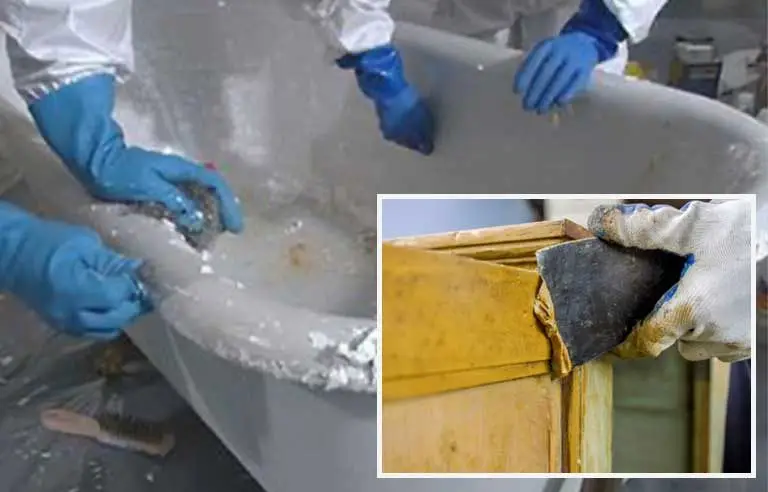
Photo: Centers for Disease Control and Prevention
Washington — The Environmental Protection Agency has released a guide intended to increase understanding of – and compliance with – its ban on most industrial and commercial uses of methylene chloride.
On April 30, EPA announced a final rule establishing the ban. The agency will phase out consumer use of the carcinogenic chemical within one year and ban most industrial and commercial uses within two years.
Widely used for bathtub refinishing, as well as in paint strippers, cleaners, adhesives and sealants, methylene chloride has contributed to the deaths of 88 workers since 1980, EPA states. Most cases have stemmed from exposure during home renovations. In some instances, workers were fully equipped with personal protective equipment.
“Being aware of and correctly following the methylene chloride regulation will prevent injuries, long-term illness and, in some cases, death,” the agency states.
The final rule creates a workplace chemical protection program for which employers must measure workers’ initial inhalation exposure levels by May 5, 2025. Then, by Aug. 1, 2025, employers will be required to ensure levels don’t exceed EPA limits and provide respiratory and/or dermal PPE, if needed.
Employers also must develop and implement an exposure control plan by Oct. 30, 2025.
Periodic monitoring will need to be completed every three months, six months or five years, depending on initial exposure levels.
EPA will continue to allow various “highly industrialized” uses of methylene chloride, as well as those vital to national security and the economy for which data has shown workplace safety measures are achievable. Uses include plastic and rubber manufacturing, laboratory chemical uses, and production of certain refrigerants and electric vehicle parts.
McCraren Compliance offers many opportunities in safety training to help circumvent accidents. Please take a moment to visit our calendar of classes to see what we can do to help your safety measures from training to consulting.
Original article published by Safety+Health an NSC publication


